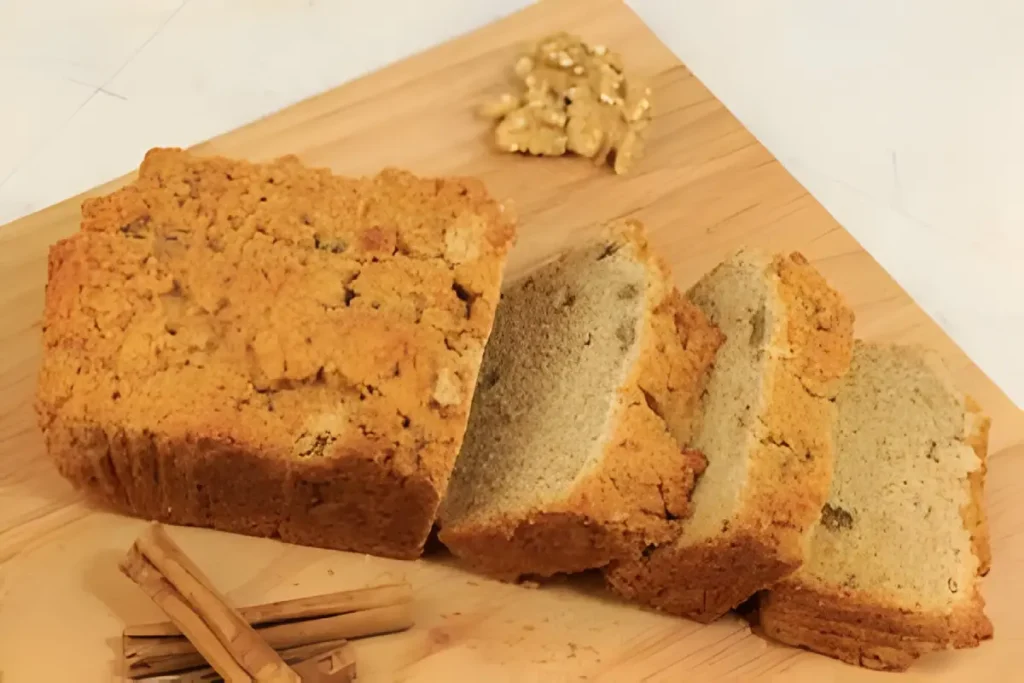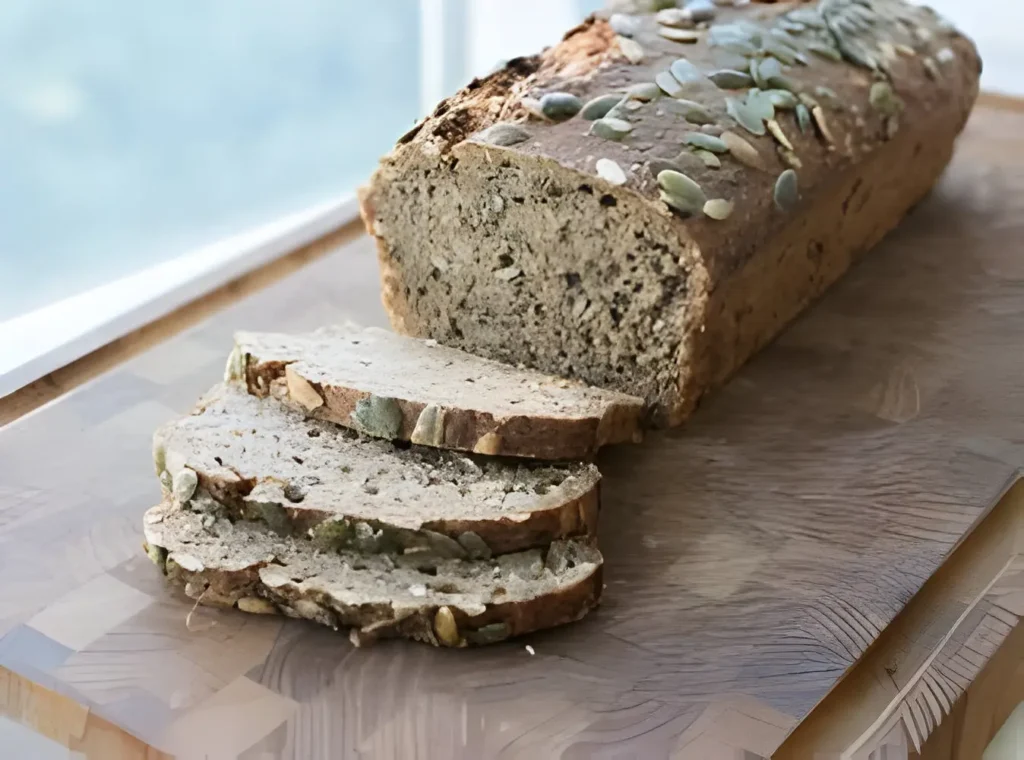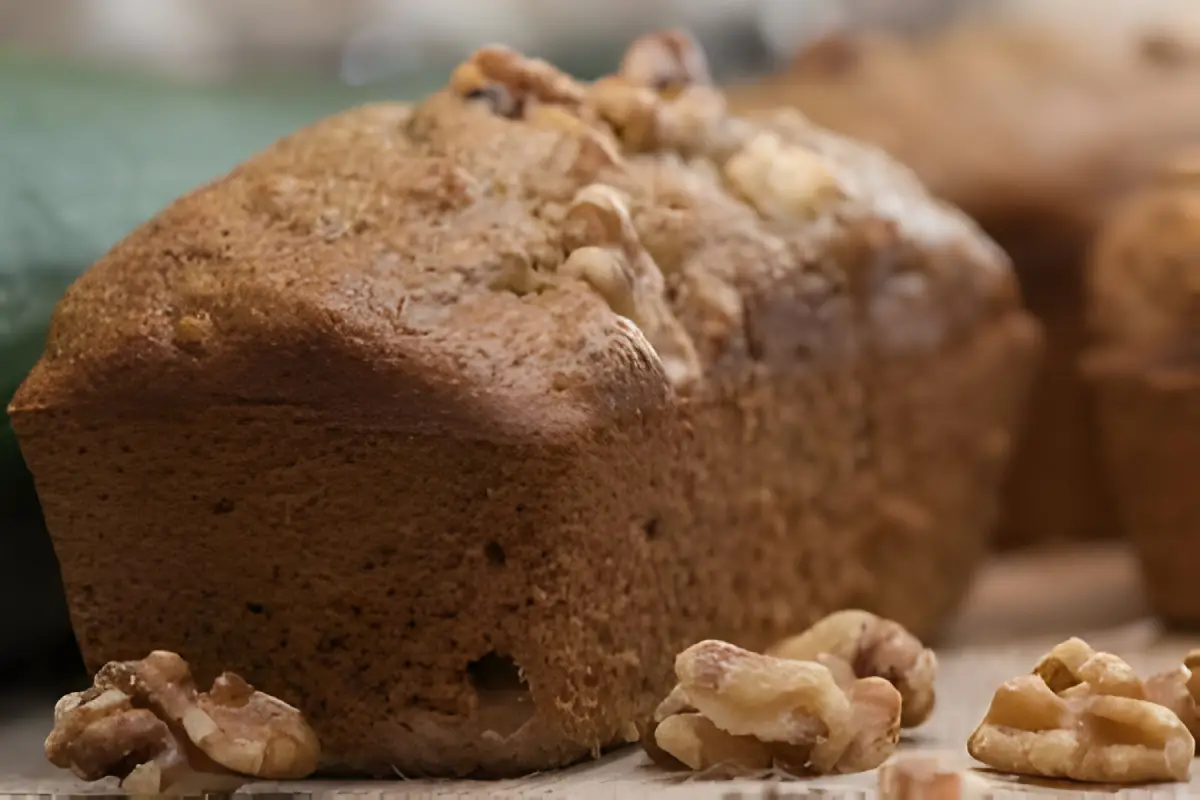In the realm of baking, a wave of innovation has been sweeping across kitchens worldwide, largely thanks to the rise of gluten-free and low-carb dietary preferences. At the heart of this culinary revolution lies almond flour, a powerhouse ingredient cherished for its versatility, nutritional benefits, and delightful flavor. However, even seasoned bakers sometimes find themselves pondering, “What can I add to almond flour for baking to elevate my creations to the next level?” Whether you’re crafting a moist cake, fluffy bread, or crumbly cookies, the right additions can transform your flour recipes from good to extraordinary. This article will guide you through the essential ingredients and clever tips to enhance your almond flour baking, ensuring every bite is as delectable as it is nutritious.
Understanding Almond Flour
The Basics
Almond flour isn’t just a gluten-free alternative to traditional wheat flour; it’s a culinary treasure trove waiting to be explored. Made from finely ground almonds, this flour is rich in protein, healthy fats, and vitamins, making it a favorite among health-conscious bakers. Its subtle nutty flavor adds a depth of taste that wheat flour simply can’t match.
However, baking with this flour comes with its own set of challenges. Due to its lack of gluten, recipes might require a bit of tweaking to achieve the perfect texture and structure. But fear not! With a little know-how and the right ingredients, you’ll soon be baking almond flour masterpieces with ease.
Almond Flour vs. Wheat Flour
At first glance, you might think you can swap almond flour for wheat flour in a one-to-one ratio, but it’s not that straightforward. Almond flour’s higher fat content and absence of gluten mean it interacts differently with liquids and leavening agents. As a result, almond flour recipes often need extra moisture or binding ingredients to prevent them from becoming too dry or crumbly.
Understanding these differences is crucial for successful almond flour baking. But once you get the hang of it, you’ll discover a whole new world of baking possibilities. Stay tuned as we dive into the essential additions that can take your almond flour baking from ordinary to extraordinary, ensuring every creation is as nutritious as it is delicious.
Essential Additions for Almond Flour Baking

Unlocking the full potential of almond flour in baking requires a touch of creativity and a dash of experimentation. The right additions can significantly enhance moisture, texture, and flavor. Let’s explore the must-have ingredients for your almond flour creations.
Moisture Enhancers
One of the key challenges with almond flour is its tendency to produce drier baked goods compared to those made with wheat flour. To combat this, incorporating moisture enhancers is crucial.
- Apple Sauce and Yogurt: These ingredients are not only excellent for adding moisture but also for introducing a subtle tang or sweetness. A quarter cup of apple sauce can make your cakes tender and moist without overpowering the almond flavor.
- Oils and Butters: Don’t underestimate the power of fats. Coconut oil, butter, or even olive oil can add richness and ensure your baked goods are just the right kind of moist.
Binding Agents
Without gluten to hold everything together, almond flour recipes sometimes fall apart, literally. Incorporating binding agents can help maintain structure and improve texture.
- Eggs: These are the all-stars of the binding world. Adding an extra egg to your recipe can provide the necessary structure to cakes and cookies.
- Xanthan Gum: A little goes a long way with xanthan gum. Just a half teaspoon can improve the texture of your bread and pastry recipes significantly.
Flavor Boosters
Almond flour has a lovely, nutty taste on its own, but why stop there? Enhancing your baked goods with additional flavors can turn them from good to unforgettable.
- Vanilla Extract and Citrus Zest: A teaspoon of vanilla extract or the zest of a lemon or orange can brighten flavors and add depth to your desserts.
- Spices: Cinnamon, nutmeg, and cardamom can complement the natural sweetness of almond flour, making each bite a little more interesting.
By thoughtfully incorporating these ingredients into your almond flour recipes, you’re not just baking; you’re crafting an experience. Moist, flavorful, and perfectly textured almond flour creations are within reach. With these additions, your baked goods will not only cater to dietary restrictions but will also delight the palates of all who taste them. Stay tuned as we delve deeper into nutritional boosts and variations that can further elevate your almond flour baking.
Nutritional Boosts and Variations

Almond flour already packs a nutritious punch, but why stop there when you can elevate your baking with even more healthful additions? Let’s explore how to infuse your almond flour baked goods with extra nutrients and exciting textures that everyone will love.
Nutritional Enhancers
Enhancing the nutritional profile of your almond flour recipes can be as simple as incorporating a few key ingredients.
- Protein Powder: A scoop of your favorite protein powder can boost the protein content of your recipes, making them an even healthier choice. It’s a great way to add flavor too, with options like vanilla or chocolate blending seamlessly into your creations.
- Chia Seeds: Tiny but mighty, chia seeds add a crunch, along with a dose of omega-3 fatty acids, fiber, and protein. Sprinkle them into muffins or bread dough for a nutritional upgrade and a delightful texture.
Texture Variations
The beauty of baking with almond flour lies in the endless possibilities for texture variations. By adding a few simple ingredients, you can achieve a range of textures that cater to every preference.
- Coconut Flakes: For a subtle crunch and a hint of tropical flavor, stir some coconut flakes into your batter. They’re perfect for adding a bit of chewiness to cookies and bars.
- Chopped Nuts: Almonds, walnuts, or pecans not only complement the nutty base of almond flour but also introduce an enjoyable crunch. Roughly chop your favorite nuts and fold them into your batter for an extra layer of texture and flavor.
Incorporating these nutritional boosts and variations into your almond flour baking not only enriches the health benefits but also elevates the eating experience with intriguing textures and flavors. It’s all about finding the right balance to suit your taste and health goals, turning every almond flour creation into a delicious, nutritious treat.
With the foundational knowledge of essential additions and the creative potential of nutritional enhancements, you’re well-equipped to experiment with your recipes. But the exploration doesn’t stop here. Up next, we’ll dive into specific ingredients that can tailor your almond flour baking for sweet or savory delights, ensuring there’s something special for every occasion.
Special Ingredients for Specific Recipes
Almond flour’s versatility shines in both sweet and savory creations, allowing bakers to cater to every palate. By integrating specific ingredients, you can tailor your almond flour recipes to suit any taste preference or occasion. Let’s delve into the special ingredients that can make your sweet and savory almond flour baked goods truly stand out.
Ingredients for Sweet Baking
When it comes to sweet treats, almond flour provides a fantastic base that complements a variety of flavors. Here are some additions to take your desserts from tasty to tantalizing:
- Chocolate Chips and Cocoa Powder: For chocolate lovers, adding chocolate chips or a scoop of cocoa powder can transform a simple almond flour cake or cookie into a decadent chocolate delight. The rich flavor of chocolate pairs beautifully with the nuttiness of almond flour.
- Fruit Purees and Zest: Incorporating fruit purees, like banana or pumpkin, not only adds moisture but also infuses your baked goods with natural sweetness and flavor. Citrus zest, such as lemon or orange, can add a bright, refreshing note to your recipes.
Ingredients for Savory Baking
Almond flour isn’t just for sweets; it’s also an excellent base for savory dishes. With the right additions, you can create almond flour-based breads, crackers, and more that are both delicious and satisfying:
- Herbs and Spices: Fresh or dried herbs like rosemary, thyme, or basil can elevate savory almond flour recipes with complex flavors. Spices such as garlic powder, smoked paprika, or cumin add depth and warmth, perfect for breads and savory muffins.
- Cheeses: Grated cheese, such as Parmesan, cheddar, or mozzarella, can be mixed into the batter or dough for a cheesy, flavorful kick. Cheese not only adds taste but also helps with binding and moisture, creating a wonderfully tender texture.
By thoughtfully selecting ingredients based on the desired outcome—be it sweet or savory—you can harness the full potential of almond flour in your baking. Whether you’re aiming for a chocolatey dessert or a herbaceous, cheesy bread, these special additions ensure your almond flour recipes will impress and delight anyone who tries them.
Learn how to master almond flour baking.
With this comprehensive guide to enhancing your almond flour baking, you’re equipped to explore and experiment, pushing the boundaries of gluten-free and low-carb baking to new heights. Stay tuned for our next section, where we’ll address some frequently asked questions, helping you navigate the nuances of baking with this flour with confidence and creativity.
FAQs
Baking with this flour can bring up a myriad of questions, especially for those new to this versatile ingredient. Let’s address some of the most frequently asked questions to clear up any confusion and help you bake with confidence.
Can I make almond flour at home?
Yes, you certainly can! Making almond flour at home is straightforward and requires only whole almonds and a food processor or blender. Simply pulse the almonds until they reach a fine, flour-like consistency. Be careful not to over-process, as you might end up with almond butter. Homemade almond flour is perfect for those looking for a fresh, cost-effective alternative to store-bought options.
How does almond flour impact baking times?
Almond flour baked goods often require slightly different baking times than their wheat flour counterparts. Generally, almond flour tends to brown more quickly, so it might be necessary to reduce the oven temperature by about 25 degrees Fahrenheit and increase the baking time slightly. Keep a close eye on your treats and perform the toothpick test to ensure they’re baked to perfection.
Is almond flour suitable for all baking recipes?
While almond flour is incredibly versatile, it doesn’t behave exactly like wheat flour due to its lack of gluten. This means some recipes, especially those that rely heavily on gluten for structure, may not work as well with a direct substitution. However, with adjustments to moisture and binding agents, many recipes can be adapted to use almond flour successfully.
Addressing these FAQs sheds light on the ins and outs of baking with almond flour, from making your own flour to adjusting baking times and recipes. With this knowledge in hand, you’re well-equipped to tackle any almond flour baking project, embracing both its challenges and the delicious rewards.
As we wrap up this guide, remember that the key to successful almond flour baking lies in experimentation and adaptation. Don’t be afraid to try new things and adjust recipes to suit your taste and dietary needs. Happy baking!
Conclusion
As we conclude our exploration into the world of baking with almond flour, it’s clear that this versatile ingredient offers a wealth of possibilities for both the novice baker and the culinary expert. From understanding the basic differences between almond flour and traditional wheat flour to discovering the myriad of ingredients that can enhance your baking projects, there’s no limit to the creativity and health benefits almond flour brings to the table.
Whether you’re enhancing the moisture of your cakes with fruit purees, adding a nutritional boost with seeds and proteins, or experimenting with flavors and textures for both sweet and savory creations, almond flour serves as a fantastic base for all your baking endeavors. Moreover, by addressing common FAQs, we’ve demystified the process, making almond flour baking more accessible and less intimidating for everyone.
The journey through almond flour baking is one of discovery and delight, where each addition or tweak opens the door to new flavors and experiences. By embracing the tips and insights shared in this guide, you’re not just baking; you’re embarking on a culinary adventure that caters to both taste and health.
As you continue to experiment with almond flour and incorporate it into your baking repertoire, remember that the true joy of baking lies in the process—the trials, the errors, and, most importantly, the triumphs. So, preheat your oven, gather your ingredients, and let the magic of almond flour transform your baking projects into nutritious, delicious masterpieces that everyone can enjoy. Happy baking!

